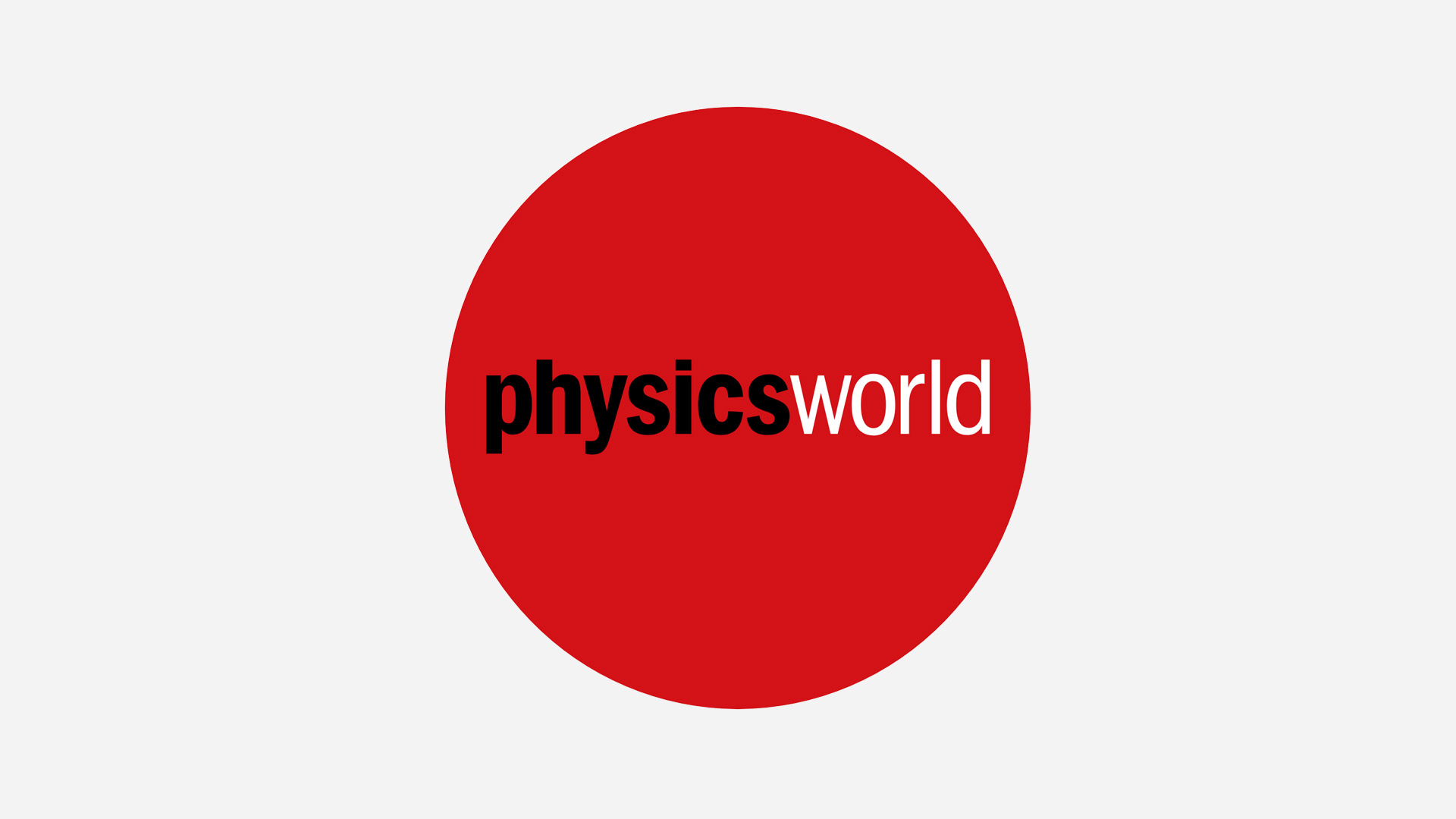Wearable patch measures central blood pressure
A flexible patch uses ultrasound to perform non-invasive, accurate and continuous monitoring of blood pressure
Thank you for registering with Physics World
If you'd like to change your details at any time, please visit My account
Samuel Vennin is a former PhD student contributor to Physics World, working at the intersection between cardiovascular medicine and numerical modelling at Guy's and St Thomas' NHS Foundation Trust, London, UK. He designs new haemodynamic (blood flow and pressure) measurement technologies to assist clinicians in their diagnosis. He holds a PhD in cardiovascular sciences from King's College London, an MSc in biomedical engineering from Imperial College London, and a French engineering degree (MSc equivalent) in electrical engineering from ENSEA.
A flexible patch uses ultrasound to perform non-invasive, accurate and continuous monitoring of blood pressure
Adding an adjuvant to an anti-cancer vaccine yielded 100% survival in mice with melanoma
 Read article: A promising new vaccine against melanoma
Read article: A promising new vaccine against melanoma
An infrared sensor that tracks conformational changes in proteins could help design more efficient drugs with less side effects
 Read article: Infrared sensor could help design better drugs
Read article: Infrared sensor could help design better drugs
Big data framework finds a mitochondrial complex that plays a major part in the development of Alzheimer’s disease
 Read article: Big data framework seeks treatment targets for Alzheimer’s disease
Read article: Big data framework seeks treatment targets for Alzheimer’s disease
Measuring the motility of white blood cells improves sepsis diagnosis
 Read article: Diagnosing sepsis from a drop of blood
Read article: Diagnosing sepsis from a drop of blood
Integrating an ultrasound transducer probe within a PET-CT scanner delivers unique anatomical, molecular and functional insights
 Read article: Combining modalities: the advantages of PET-CT-UUI
Read article: Combining modalities: the advantages of PET-CT-UUI
Boosting mitochondrial defense reduces the formation of amyloid plaques in animal models of Alzheimer's disease
 Read article: Treating Alzheimer’s as a metabolic disease
Read article: Treating Alzheimer’s as a metabolic disease
The CRISPR/Cas9 genome editing method can activate genes that restore impaired function in mice
 Read article: CRISPR/Cas9 shows potential to reverse disease
Read article: CRISPR/Cas9 shows potential to reverse disease
A multi-purpose bandage enables customizable and more efficient treatment of chronic wounds and battlefield injuries

Stem cells containing magnetic nanoparticles can be aggregated using only magnets to form a deformable tissue
 Read article: Could ‘cellular Lego’ be the future of regenerative medicine?
Read article: Could ‘cellular Lego’ be the future of regenerative medicine?
Physics World is now offering early-career scientists the opportunity to work alongside our award-winning journalism team to write and publish news stories for the global scientific community.
We provide training and mentorship to graduate students who are eager to write about the most exciting new research results, and offer them the opportunity to publish their work on a site that’s read by professional scientists all over the world.
Sounds interesting? Find out how you can get involved.